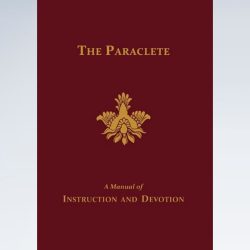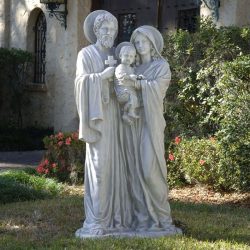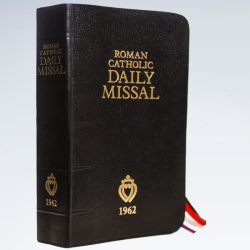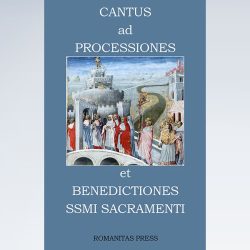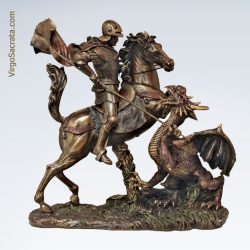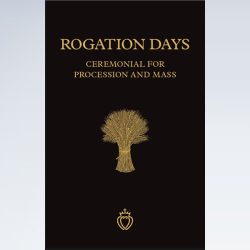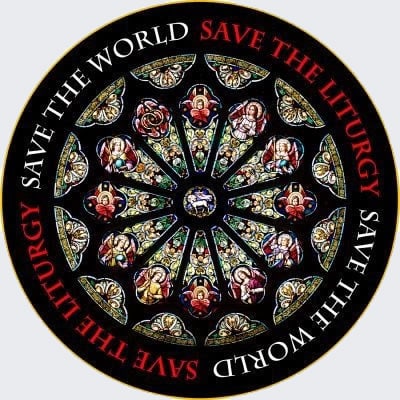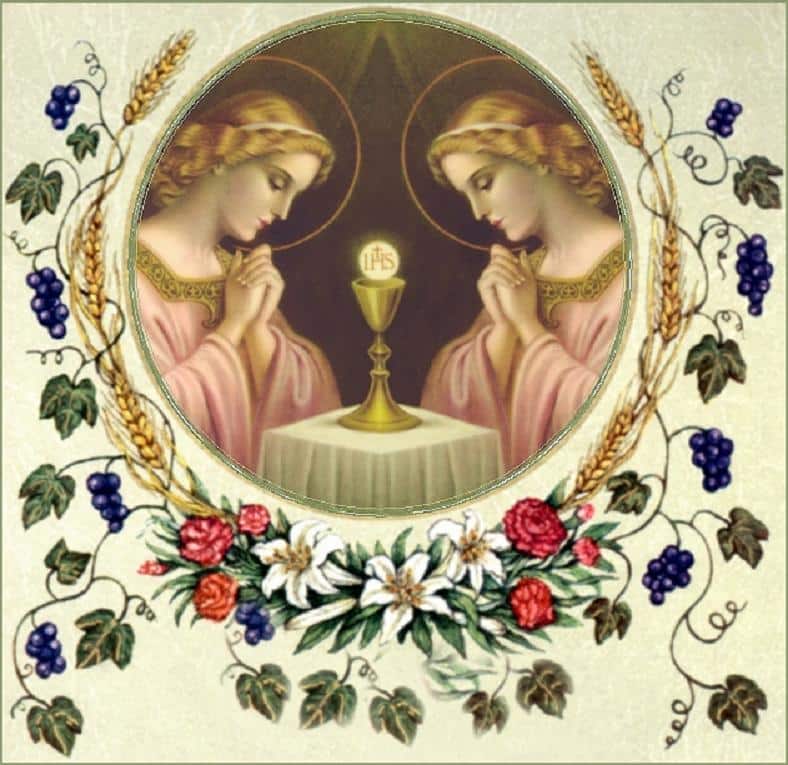

“Panis Angelicus” comes from the last two stanzas of the hymn “Sacris solemniis” composed by St. Thomas Aquinas (1225–1274) for the Feast of Corpus Christi and of the Votive Office of the Most Blessed Sacrament.
The hymn expresses the doctrine that the bread and wine are changed into the Body and Blood of Christ. In the Roman Catholic tradition the concept of transubstantiation is presented as an explanation of how this change happens.
It directs us to contemplate the great mystery of becoming one with Jesus Himself whenever we receive Him. God Himself becomes our nourishment. It then proceeds to ask Jesus for the grace to save our souls, so that we can join the citizens of Heaven, seeing Him forever in “the light in which Thou dwellest”.
| Panis angelicus fit panis hominum; Dat panis cœlicus figuris terminum; O res mirabilis! Manducat Dominum Pauper, Pauper, servus et humilis. | The Bread of Angels becomes Bread of men; The Bread of heaven puts an end to all symbols: O thing most wonderful! The Lord becomes our food Poor, a servant, and humble. |
| Te trina Deitas unaque poscimus: Sic nos tu visita, sicut te colimus; Per tuas semitas duc nos quo tendimus, Ad lucem quam inhabitas. Amen. | We beseech Thee, Godhead One in Three That Thou wilt visit us, as we worship Thee lead us through Thy ways, We who wish to reach the light in which Thou dwellest. Amen. |
The strophe of “Sacris solemniis” that begins with the words “Panis angelicus” has often been set to music separately from the rest of the hymn. Most famously, in 1872 César Franck set this strophe for voice (tenor), harp, cello, and organ, and incorporated it into his Messe à trois voix Opus 12.
To obtain the Gregorian chant notations, please purchase the Traditional Roman Hymnal. This book contains hymns, responses, Gregorian chants, and ceremonies of the Traditional liturgy.

-
 Blessed Sacrament Chaplet in Sterling Silver – CarnelianUS$ 279.00
Blessed Sacrament Chaplet in Sterling Silver – CarnelianUS$ 279.00 -
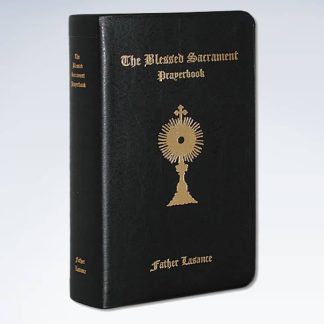 The Blessed Sacrament Prayerbook
The Blessed Sacrament Prayerbook -
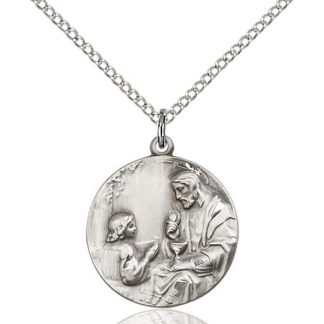 Christ & Child in Holy Communion Medal Pendant 3/4″US$ 50.00 – US$ 1,281.00
Christ & Child in Holy Communion Medal Pendant 3/4″US$ 50.00 – US$ 1,281.00 -
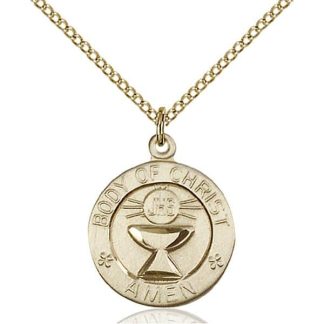 Body of Christ Eucharistic Medal Pendant 3/4″US$ 52.00 – US$ 1,622.00
Body of Christ Eucharistic Medal Pendant 3/4″US$ 52.00 – US$ 1,622.00 -
 Communion Heart Chalice PendantUS$ 41.00 – US$ 82.00
Communion Heart Chalice PendantUS$ 41.00 – US$ 82.00
VIRGÓ SACRÁTA is a Christian mission-driven online resource and shop inspired from the beauty of Catholic faith, tradition, and arts. Our mission is to “Restore All Things to Christ!”, in continuing the legacy of Pope St. Pius X under the patronage of the Blessed Virgin Mary. “Who is she that cometh forth as the morning rising, fair as the moon, bright as the sun, terrible as an army set in battle array?” O Mary, conceived without sin, pray for us who have recourse to Thee.


